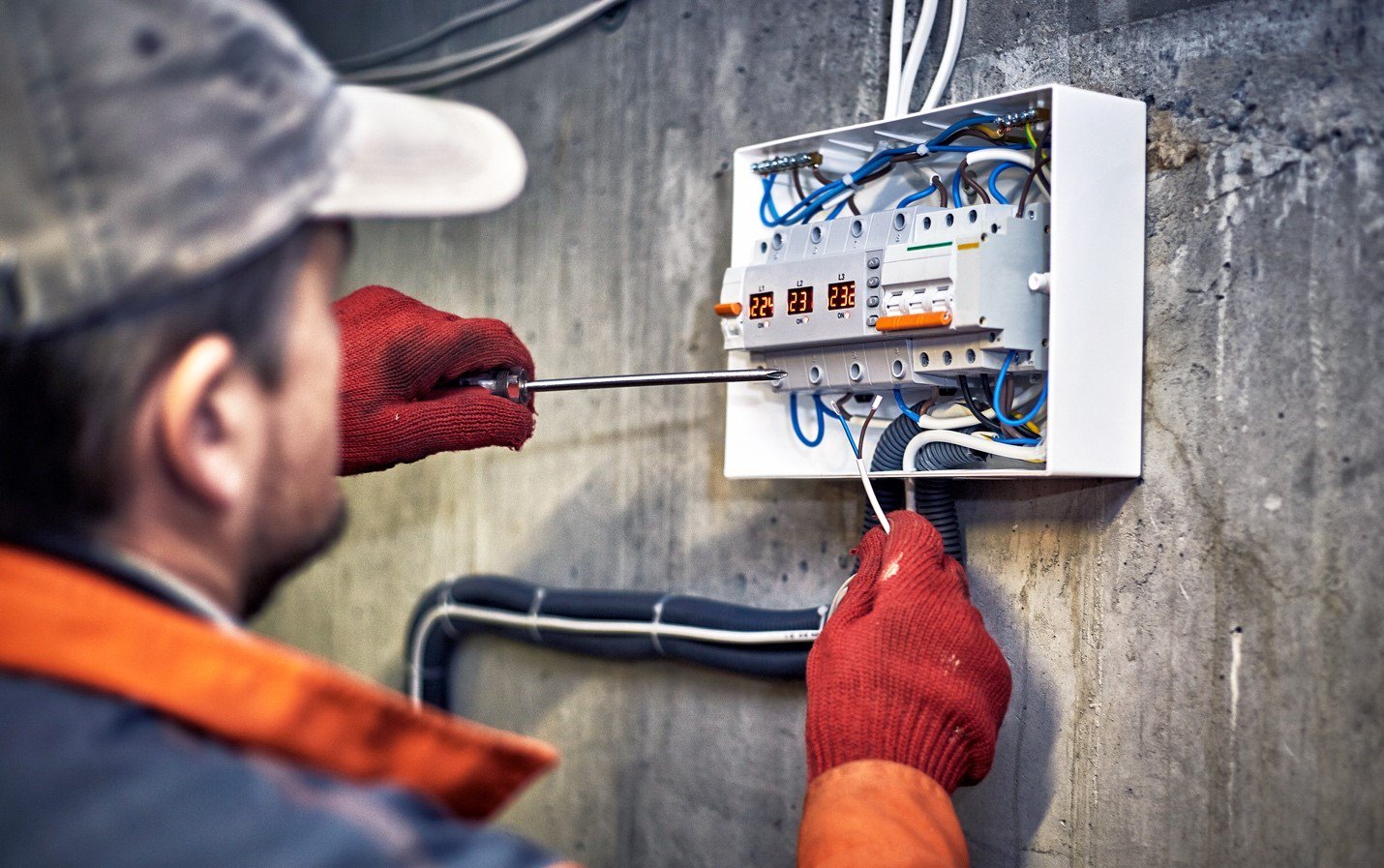What Are RF Isolators, And What Are They Used For?
RF Isolators are specific cases of RF Circulators where one of the three ports, typically the reverse port in reference to the signal chain, is terminated. This modification of RF Isolators only allows for signal energy to pass in the forward direction, in reference to the signal chain, and heavily “isolates” the upstream signal chain from any reverse reflections or noise/interference injection. RF Circulators/RF Isolators are typically passive ferrite devices that are made in such a way that the internal magnetic fields within the component steer the electromagnetic waves incident at the ports in a certain direction, with these waves exciting at the nearest port in the direction of travel.
As the name implies, RF Isolators are predominately used to isolate upstream signal chain components, which are typically more sensitive components, from reflections from downstream components. It is critical for an RF Isolator to have a well matched termination in the reverse port to optimize the isolation. With a well matched termination on the reverse port, the majority of the reflected/reverse signal energy from the output port will be directed to the termination and dissipated and heat.

RF Isolator with SMA Ports
It is possible to make an RF Isolator from an RF Circulator by just terminating the reverse port. However, factory designed RF Isolators will likely have much better matched terminations and are designed and tested to operate over the entire frequency range and to the specified power levels. It is also likely that pre-manufactured RF Isolators will be more compact and plug-and-play compared to a RF Isolator made from an off-the-shelf RF Circulator. The isolation of an RF Isolator is directly related to the quality of the match of the termination.



